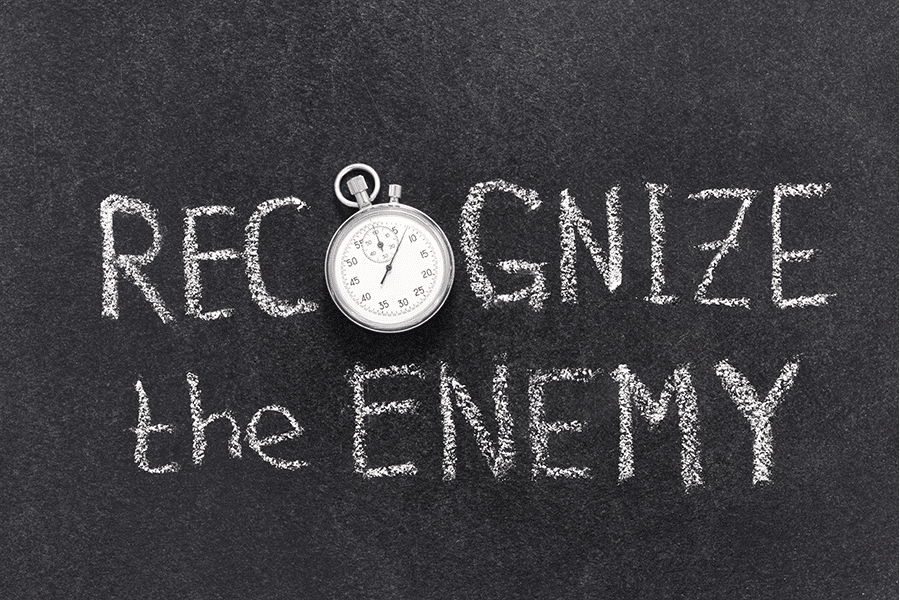You don’t need a Ph.D. in Economics to know that Price, Service and Ease of Doing Business matter. All else being equal, customers stick with businesses that treat them better.
These three elements generate a particular type of loyalty: transactional loyalty.
You are on one side of the transaction. The customer is on the other side. As long as you continue to deliver on Price, Service and/or Ease of Doing Business, your customer will maintain his transactional loyalty.
Maybe.
But what if you’re about as good as you can be at Price, Service and Ease of Doing Business, yet you’re still losing customers? Then what?
Transactional customers have no loyalty to the relationship; they are loyal only to the transactions. I call this One-Way Loyalty.
Now, One-Way Loyalty is better than nothing. But it isn’t strong enough to survive the normal ebbs and flows of a long-term relationship. For that, you need Two-Way Loyalty.
Just as a rope with multiple strands is stronger than a rope with only one strand, Two-Way Loyalty is stronger than One-Way Loyalty.
Stronger is better.
Great businesses are built from relational customers, not from transactional customers.
But what if you’ve spent the last several years creating transactional customers. Can you transform your customers from transactional to relational loyalty?
You bet you can. You do it through shared suffering.
I know that’s a little scary. Lemme ‘splain.
See, human beings who suffer together develop deep, long-lasting bonds of loyalty to one another. You see this quality of loyalty in soldiers who fight together, victims of catastrophes who survive together, and athletic teams who train and play together.
Note that the common word in all those descriptions is “Together.”
“That’s all well and good,” you say. “But I wasn’t in a foxhole with my customers. How do we share suffering?”
That’s easy: Identify your common enemies.
See, enemies cause suffering. People who share enemies share in the suffering caused by those enemies.
This is obviously true with silly things like politics. People who feel they’ve all suffered at the hands of some common political enemy inevitably feel great loyalty to one another.
This is no less true in business.
“You can judge a man by the quality of his enemies.”
– Oscar Wilde
When both you and your customer find that you share a common enemy, then relational loyalty is the inevitable result.
So, how do you identify your common enemies?
Your business exists to solve a problem, right? Your business solves the problem cast by the shadow of your common enemy.
I often advise my clients to frame their marketing message in terms of their customers’ “felt needs.” For example, one of the “felt needs” of an HVAC company is for the air in their home to be comfortable.
But suppose you reframe that felt need in terms of shared suffering instead? And then personalize that suffering as your common enemy?
Here’s how you can do it. Answer these two questions:
- What is the pain that drove you to create your business? These are the emotions you felt. Don’t be afraid to name the pain.
- What was the root cause of that pain? These are the behaviors of people and/or the external circumstances that triggered those emotions. The more specific you are about the behaviors and circumstances that caused your pain, the more powerful will be your connection with your customers.
Here’s an example.
Suppose your business makes and sells heirloom-quality furniture.
- Q. What is the pain that drove you to create your business?
- A. I was exasperated spending my hard-earned money on furniture I had to assemble myself. It made me angry that it fell apart after just a few years of normal wear and tear and no one cared. I was frustrated because it was uncomfortable and ugly.”
My emotions were exasperation, anger and frustration.
- Q. What was the root cause of that pain?
- A. “Features” like shoddy workmanship, cheap materials, impersonal, one-size-fits-all service, and giant, exhausting big box stores were the cause of my pain.
Do your customers share those same pains? Do they suffer in the same way you did because of these things? Tell them about your own pain. Tell them about your suffering at the hands of your common enemies.
Shared suffering reinforces shared values. When people find they share common values, loyalty follows.
Yes, you can transform your transactional customers into relational customers. Yes, you can forge fanatical loyalty where none existed before. It takes courage and a willingness to be vulnerable and human. That’s why most of you who read this won’t do it.
But if you have the courage to be vulnerable, it will pay tremendous dividends.
Need help turning those transactional customers into relational customers? Drop me a note.
- Shared Suffering: The Missing Ingredient in Customer Loyalty - June 25, 2025
- The Unignorable Jingle: Win Hearts & Customers in 8 Seconds - June 17, 2025
- The Metric Trap Sabotaging Your Marketing - April 17, 2025

